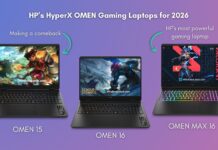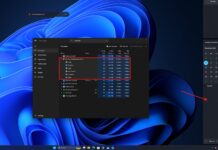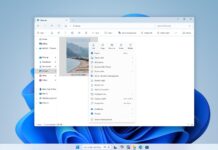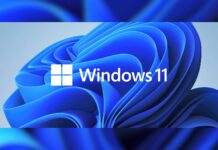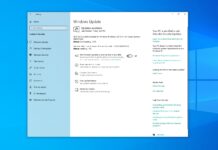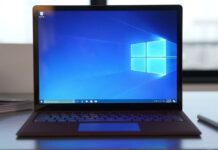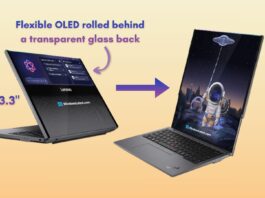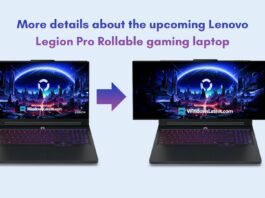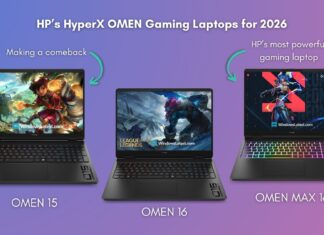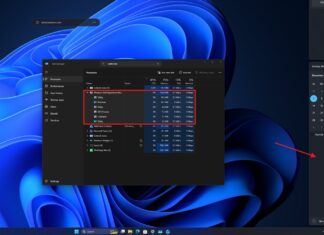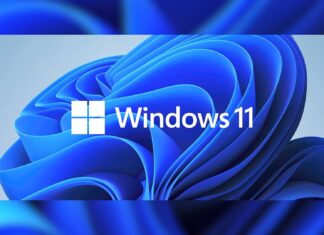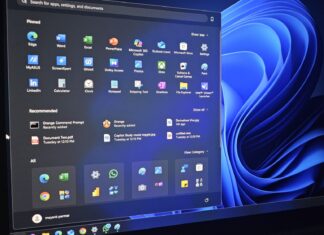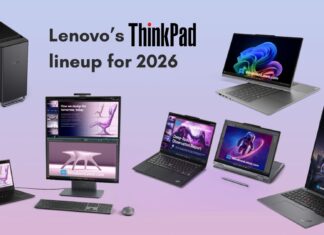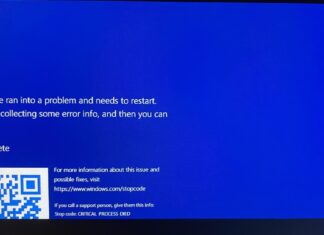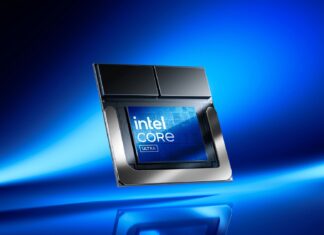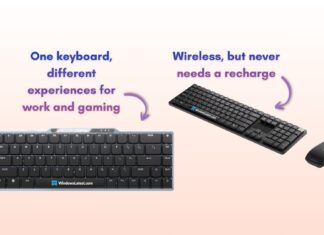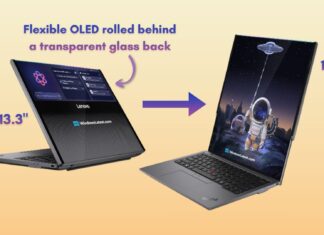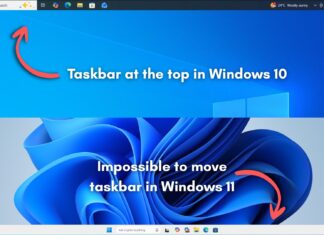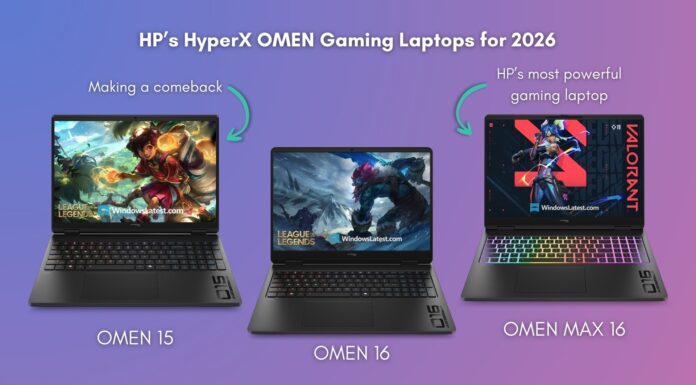OneNote is getting a small but very helpful change, especially if you work in more than one language.
Until now, OneNote handled spelling and grammar based on your keyboard language, usually at the paragraph level.
That worked fine, but it was not always ideal. Now, Microsoft is giving you more control. You can set a proofing language for an entire page, or even choose a default language that stays the same across all your notes, no matter which keyboard you use.
You can still override it for individual paragraphs if you want.
To try it, go to Review, then Language, and choose Set Proofing Language. This update is currently available to Windows Insiders.

